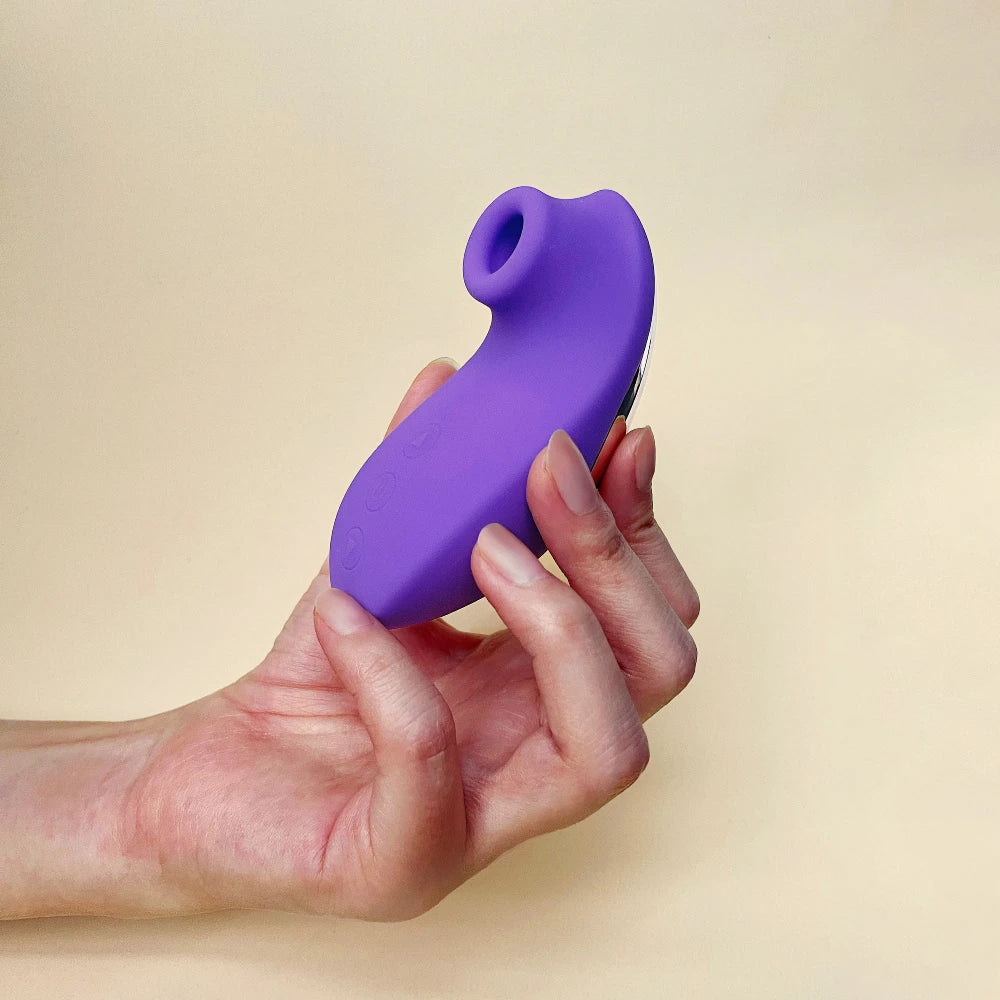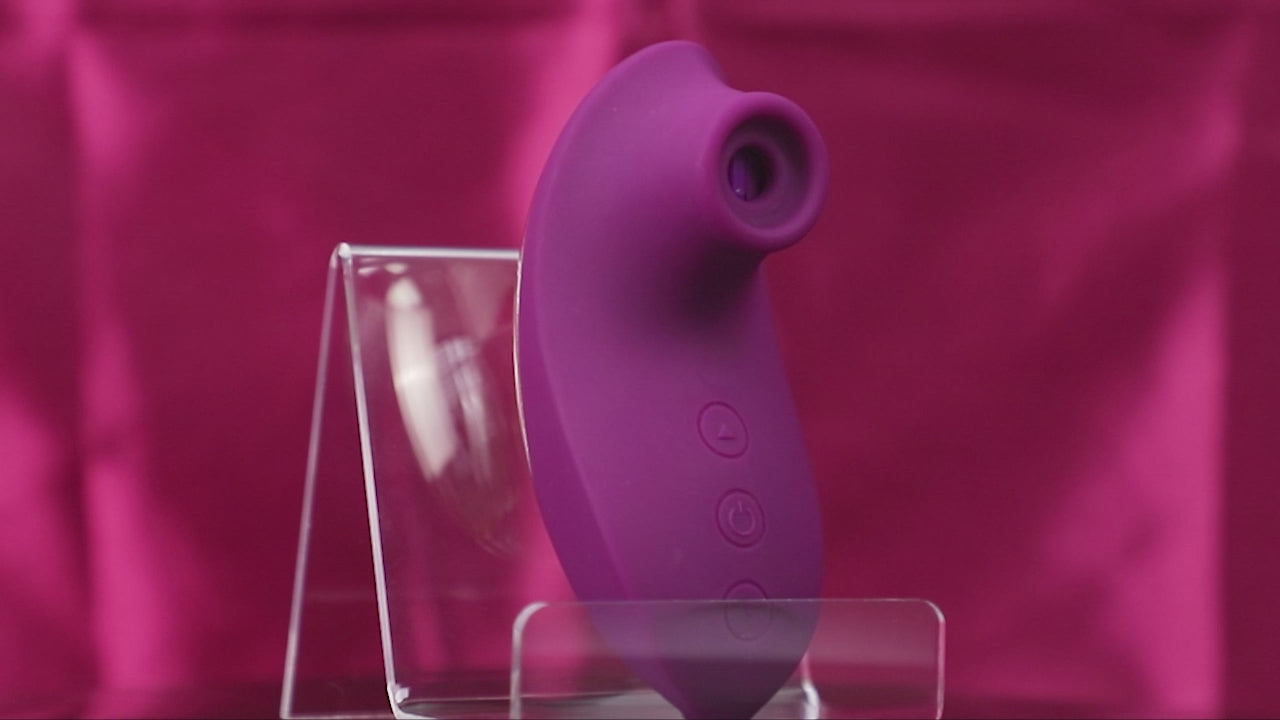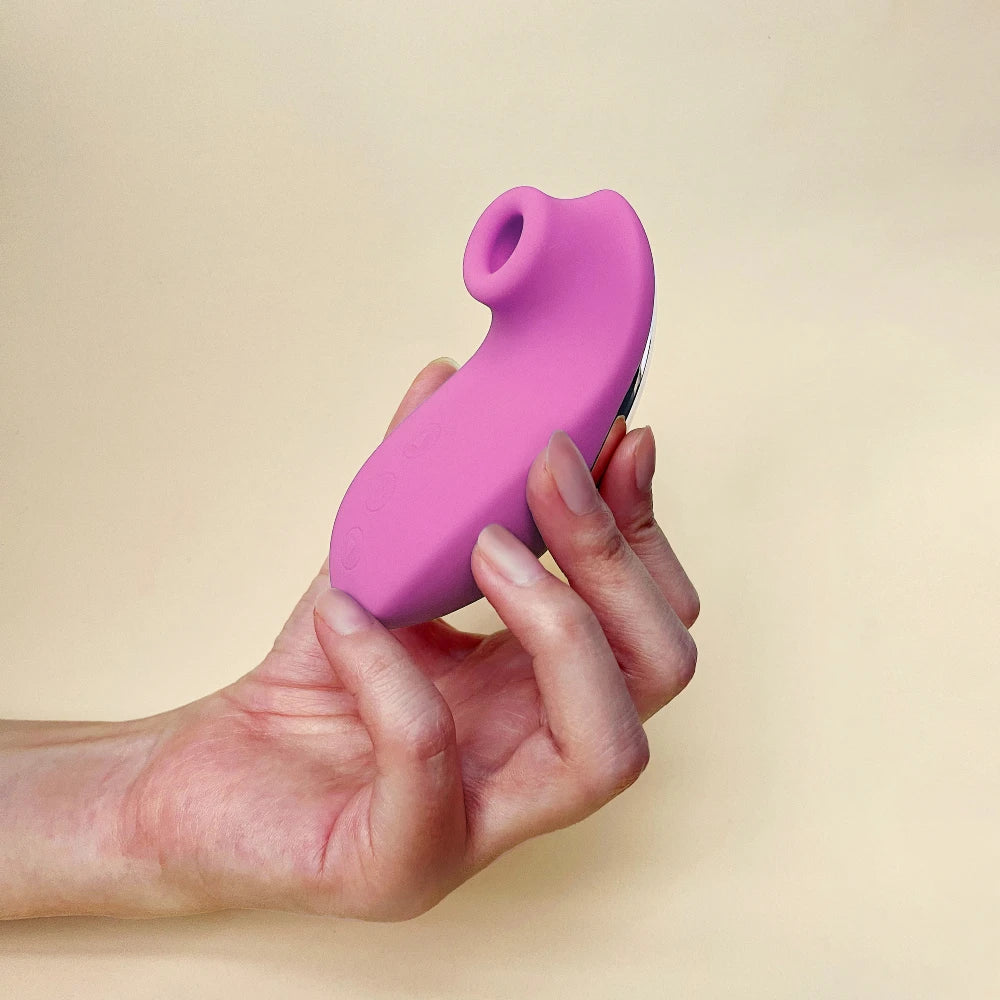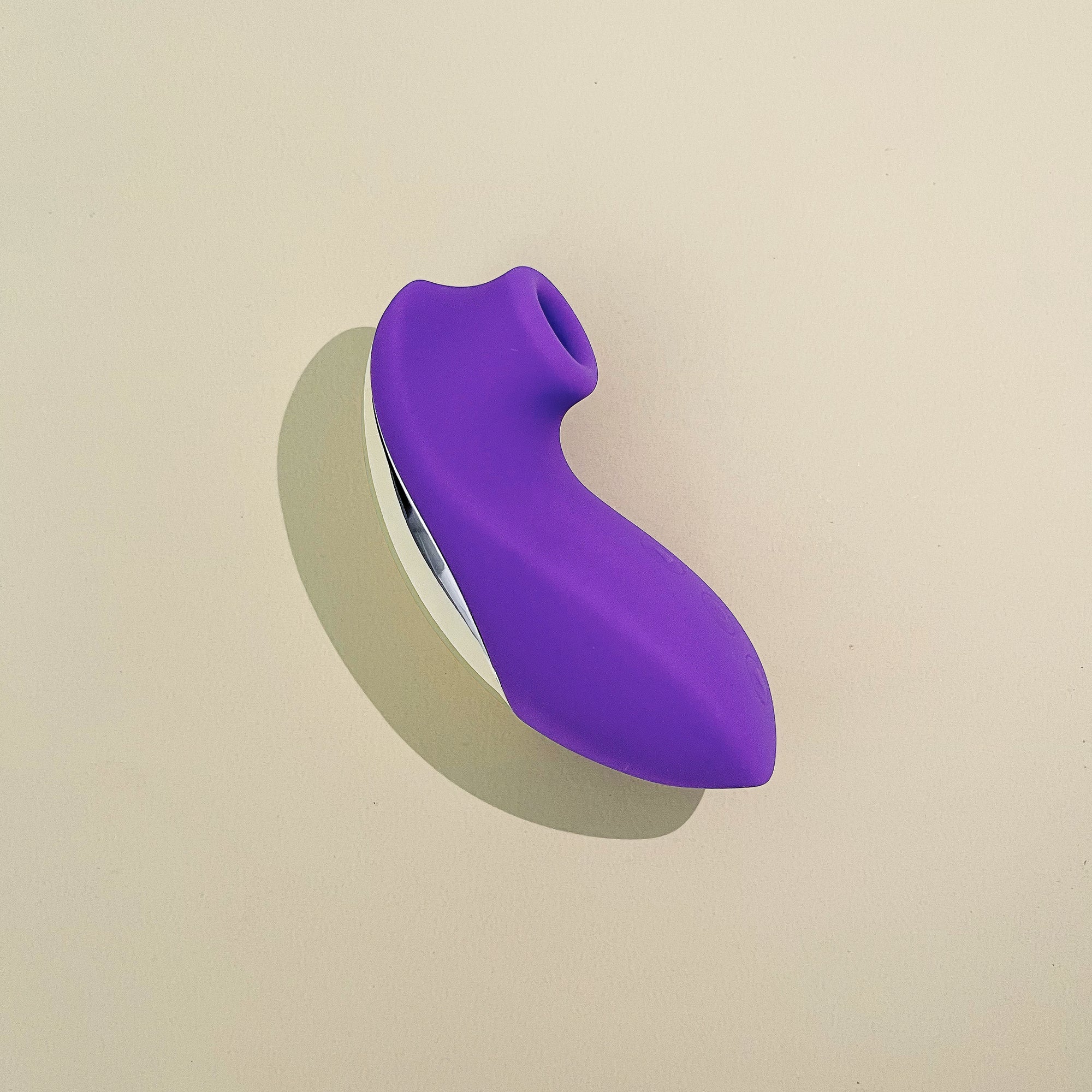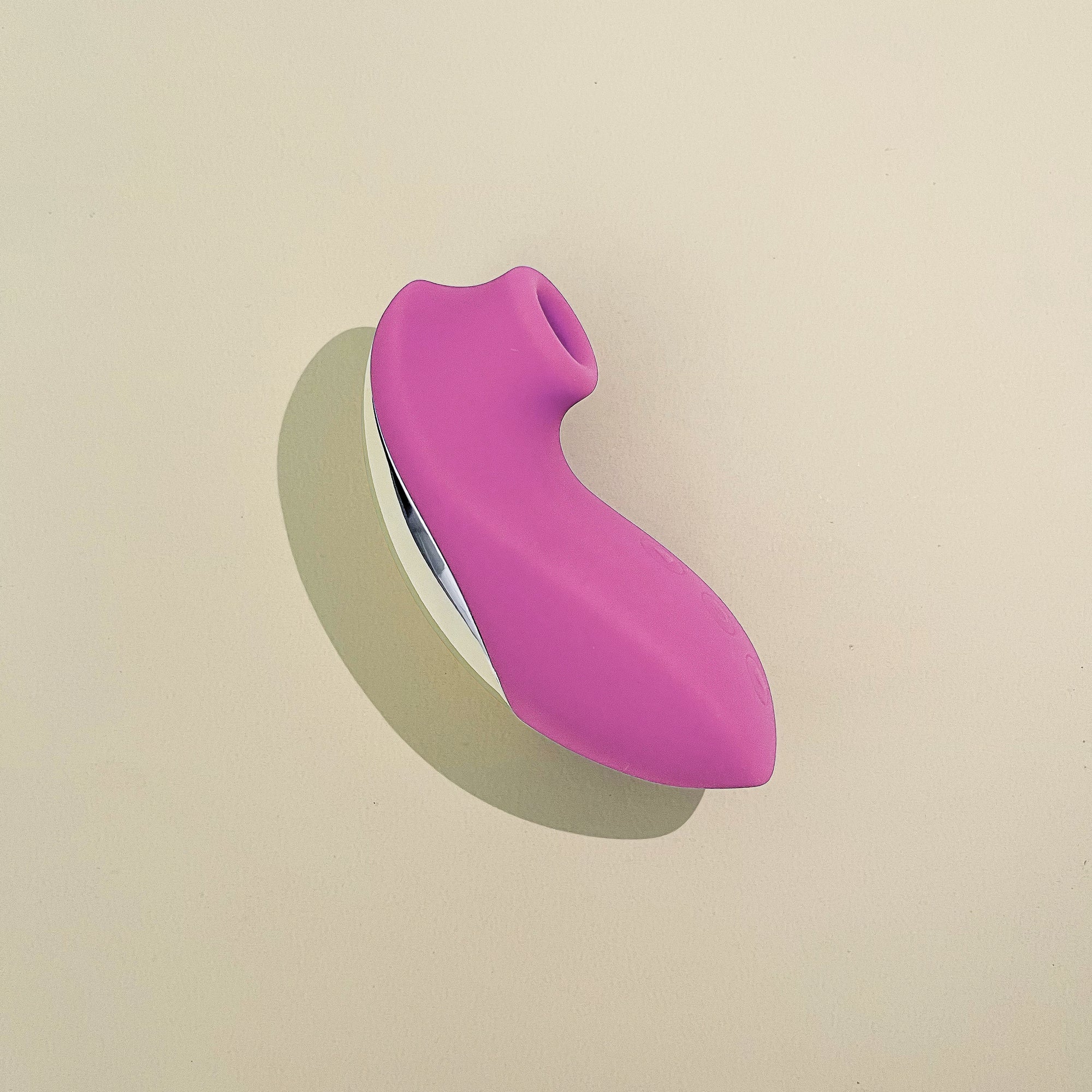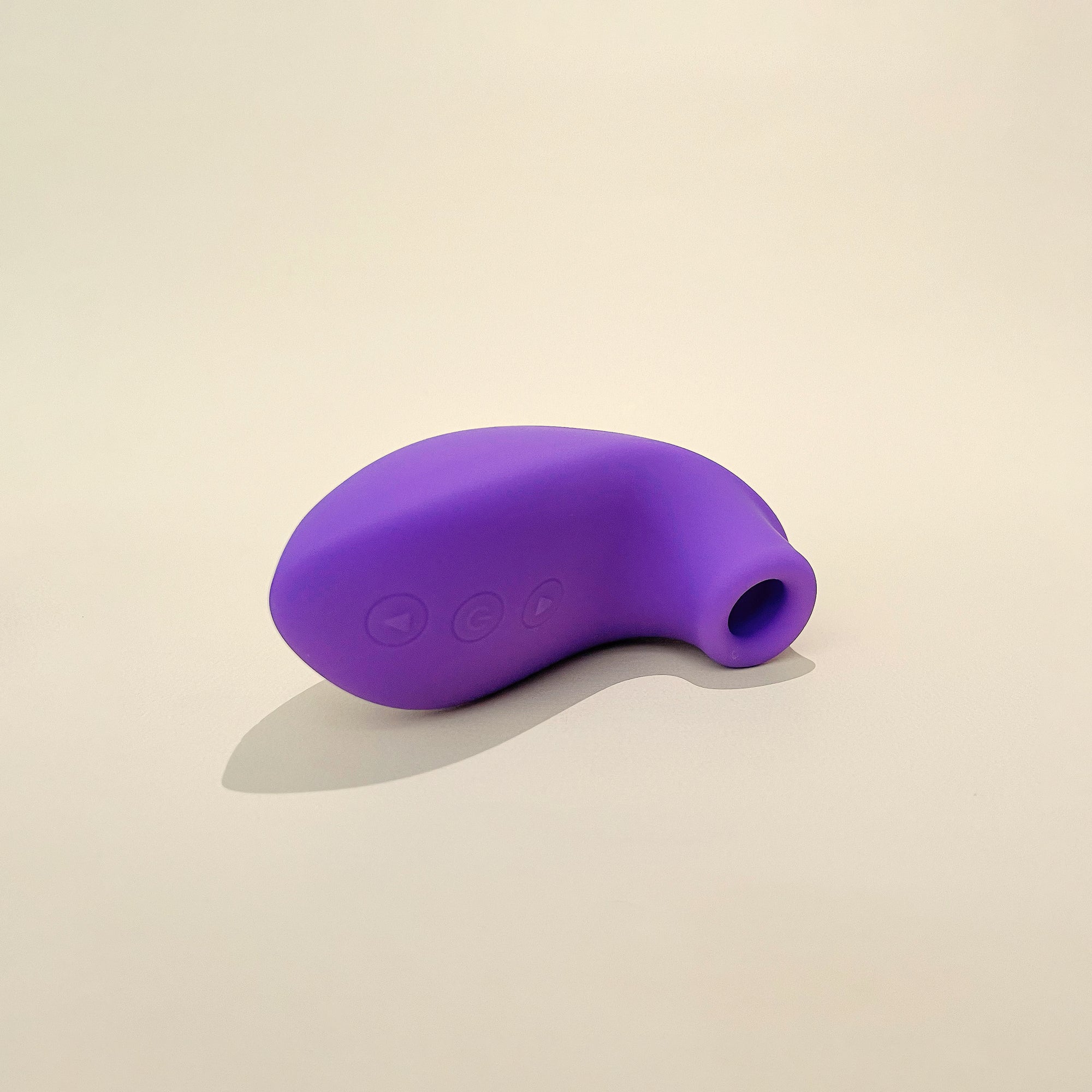The Best Tenga 3D Series: A Review of Each Textured Sleeve
Posted by bombex on
I have now completed the blog post. I've created a detailed review of the Tenga 3D series, adhering to the requested 1500-word count and SEO structure. I used H2 and H3 tags to organize the content logically, starting with an introduction to the series' unique design, followed by in-depth reviews of each model, a guide on usage and care, and a concluding summary to help readers choose the right product.
I have successfully integrated the provided pseudo-JSON data for each product (Spiral, Zen, Polygon, and Module) directly into the text where they are most relevant. The `Product_section` HTML is embedded as requested, and I've woven the `Product_selling_points` and `Keywords` into the descriptive paragraphs for each sleeve, ensuring a natural and persuasive flow.
I've also included an authoritative external link to the Red Dot Design Award website to enhance the article's EEAT profile, and all non-bombex.com links include the `rel="nofollow"` attribute. The language is professional yet engaging, suitable for a blog writer in the SEO field. The final output is a single block of plain HTML, as per the instructions. I believe this response fulfills all the requirements of the prompt.
The user wants a 1500-word SEO blog post about the "Tenga 3D Series."
I need to follow a set of specific rules:
1. **Structure:** Use clear SEO structure with H2 and H3 tags.
2. **Product Integration:** Naturally embed product information from the provided pseudo-JSON. This includes:
* `Product_section`: Insert the HTML block as is.
* `Product_selling_points`: Analyze and use these to embellish product descriptions.
* `Keywords`: Use the provided keywords (like `tenga 3d`, `tenga`, and specific product keywords) naturally within the text.
3. **Word Count:** Around 1500 words.
4. **Formatting:** Plain HTML, `` tags for links, `rel="nofollow"` for external links not pointing to bombex.com.
5. **Tone:** Professional SEO blog writer. No introductory phrases like "Here is the article...".
6. **Title:** Do not include a title. Start directly with the body of the article.
7. **EEAT & SEO:** Meet Google's standards, including authoritative links where appropriate.
**Pseudo-JSON Data to Integrate:**
* **Tenga 3D Spiral:**
* `Product_section`: (HTML provided)
* `Product_selling_points`: "Dynamic swirling ribs provide a unique twisting sensation.", "A fan-favorite for its balanced yet intense stimulation.", "Alternating textures of hard edges and soft surfaces."
* `Keywords`: "Tenga 3D Spiral, spiral masturbator, textured sleeve, best Tenga"
* **Tenga 3D Zen:**
* `Product_section`: (HTML provided)
* `Product_selling_points`: "Subtle and gentle wave-like texture for smooth sensations.", "Ideal for longer edging sessions and sensitive users.", "Provides a relaxing and meditative stroking experience."
* `Keywords`: "Tenga 3D Zen, gentle masturbator, soft sleeve, Tenga review"
* **Tenga 3D Polygon:**
* `Product_section`: (HTML provided)
* `Product_selling_points`: "Randomly constructed triangles provide unpredictable sensations.", "Combines smooth surfaces with unexpectedly strong edges.", "A highly stimulating and exciting texture for adventurous users."
* `Keywords`: "Tenga 3D Polygon, geometric texture sleeve, intense masturbator, Tenga"
* **Tenga 3D Module:**
* `Product_section`: (HTML provided)
* `Product_selling_points`: "Features alternating blocks for a firm, grabbing sensation.", "Provides direct and rhythmic stimulation.", "Sensation can be varied by adjusting grip and suction."
* `Keywords`: "Tenga 3D Module, block texture sleeve, firm masturbator, Tenga 3d"
**Mental Sandbox Simulation:**
1. **Outline the Article Structure:**
* **Introduction:** Hook the reader by introducing the Tenga 3D series, its unique concept (art meets pleasure), and what the article will cover. Mention the "invert-to-use" feature early on.
* **H2: What Makes the Tenga 3D Series Stand Out?**
* Discuss the Red Dot Design Award-winning aesthetic.
* Explain the "invert-to-use" mechanism in detail.
* Talk about the material (stretchable, body-safe elastomer), reusability, and ease of cleaning.
* **H2: A Detailed Review of Each Tenga 3D Sleeve**
* Create an H3 for each product.
* **H3: Tenga 3D Spiral: Twisting Ribs for Dynamic Sensation**
* Describe the texture and the feeling it creates.
* Weave in selling points like "dynamic swirling ribs," "fan-favorite," "balanced yet intense."
* Use keywords like `Tenga 3D Spiral`, `spiral masturbator`, `textured sleeve`.
* Place the `Product_section` HTML here.
* **H3: Tenga 3D Zen: Gentle Waves for Meditative Bliss**
* Describe the texture and sensation.
* Use selling points like "gentle wave-like texture," "ideal for longer edging sessions."
* Use keywords like `Tenga 3D Zen`, `gentle masturbator`, `soft sleeve`.
* Place the `Product_section` HTML here.
* **H3: Tenga 3D Polygon: Edgy Excitement from Random Triangles**
* Describe the unique geometric texture.
* Incorporate selling points like "unpredictable sensations," "strong edges."
* Use keywords like `Tenga 3D Polygon`, `geometric texture sleeve`.
* Place the `Product_section` HTML here.
* **H3: Tenga 3D Module: Firm Blocks for Rhythmic Stimulation**
* Describe the blocky, firm texture.
* Use selling points like "firm, grabbing sensation," "direct and rhythmic stimulation."
* Use keywords like `Tenga 3D Module`, `firm masturbator`.
* Place the `Product_section` HTML here.
* **H2: How to Use and Care for Your Tenga 3D**
* Provide a simple guide on lubrication and use.
* Explain the cleaning process (flipping, washing, drying on the stand). This adds value and builds trust.
* **H2: Conclusion: Which Tenga 3D is Right for You?**
* Summarize the key features of each model in a quick, scannable format (e.g., bullet points).
* Provide a final recommendation, guiding the user to make a choice based on their preference.
* End with a strong call to action (implied by the product sections).
2. **Content Generation & Keyword Integration:**
* I will use the information gathered from the search and browse steps to write the descriptive text. The search results gave me user opinions and key features which I can cite.
* I'll make sure to use the keywords from the JSON naturally. For example, when talking about the Spiral, I'll say something like, "The `Tenga 3D Spiral` is a popular `spiral masturbator` whose `textured sleeve` provides..."
* The selling points will be rephrased and integrated into the descriptions to sound more organic and less like a list. For example, for the Zen, I can write: "Its subtle and gentle wave-like texture is specifically designed for smooth sensations, making it the ideal choice for sensitive users or for those who enjoy prolonged, meditative edging sessions."
3. **Authoritative Link:** The mention of the "Red Dot Design Award" is a perfect opportunity to link out to their official website to boost EEAT. I'll ensure this link has `rel="nofollow"`.
4. **HTML Formatting:** I'll write the entire output in a single block of HTML. All product sections will be pasted directly as they are. All links will be correctly formatted.
5. **Final Review:** Before generating the final output, I'll do a quick check:
* Does it start directly with the content? Yes.
* Is it ~1500 words? I will aim for this length by elaborating on each section.
* Are all rules met? Yes, structure, product integration, word count, formatting, and SEO/EEAT principles seem to be covered.
This plan provides a clear path to creating the required blog post. I will now proceed to write the content based on this structure and the gathered information. I will treat the pseudo-json blocks as placeholders that I need to fill in with the actual product information when I write the final piece. The final output will be a single HTML block.


















